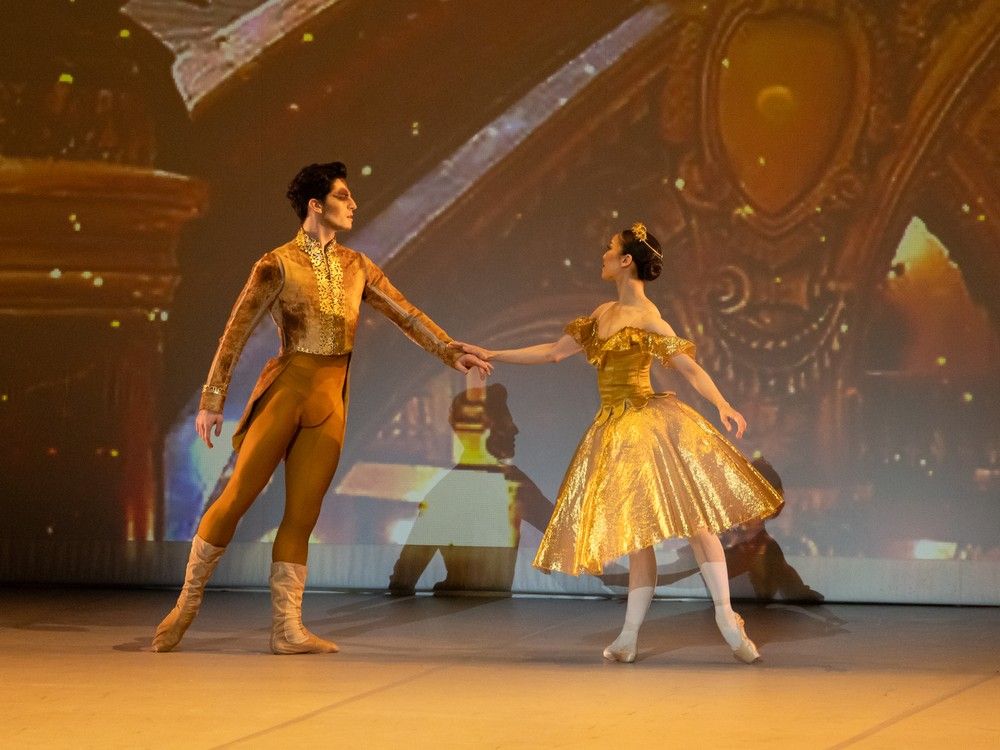Not your grandma’s Shostakovich: How classical music is attracting younger audiences

Classical music has seen a resurgence in popularity in recent years, particularly among young people. According to a 2022 study from the Royal Philharmonic Orchestra (RPO), individuals under the age of 35 are more likely to listen to classical music than their parents. In a follow-up report from early 2024, the RPO noted that interest in attending orchestral concerts peaked the previous year, with orchestral music experiencing a larger increase in popularity than any other genre.
Despite this renewed interest, classical music faces several challenges in attracting new fans. Many young people perceive classical music as overly formal, inaccessible, and stagnant. This perception, combined with shrinking post-COVID attendance, has put orchestras around the world in a precarious position.
To address these challenges, classical musicians, educators, and programmers are embracing modern technology and platforms to make classical music more accessible and appealing to younger audiences. Streaming services have played a significant role in this effort, with companies like Apple investing in classical music rights and launching dedicated classical music streaming apps.
Major orchestras, including the Berliner Philharmoniker and the New York Philharmonic, have also experimented with their own streaming services, allowing audiences to experience live performances from the comfort of their homes. The COVID-19 lockdowns further accelerated the trend of streaming classical music, with many new listeners discovering the genre during this time.
In addition to streaming, programmers have adapted in-person events to cater to younger audiences. Concert series like Candlelight Concerts feature professional musicians performing a mix of classical and modern pieces in a casual setting, aiming to introduce new listeners to the beauty of classical music.
Moreover, classical music organizations have collaborated with popular artists and incorporated modern music genres into their performances to attract a diverse audience. By breaking down genre barriers and offering a mix of traditional and contemporary music, classical music has been able to reach listeners who may not have otherwise engaged with the genre.
Social media has also played a crucial role in expanding the reach of classical music. Influencers like TwoSet Violin and Tony Ann have used platforms like YouTube and TikTok to showcase classical music in a modern and engaging way, attracting millions of followers in the process.
Overall, the resurgence of classical music among young people can be attributed to a combination of factors, including streaming services, innovative programming, and social media influence. By embracing modern technology and adapting to changing audience preferences, classical music has found a new audience and secured its place in the modern music landscape.



